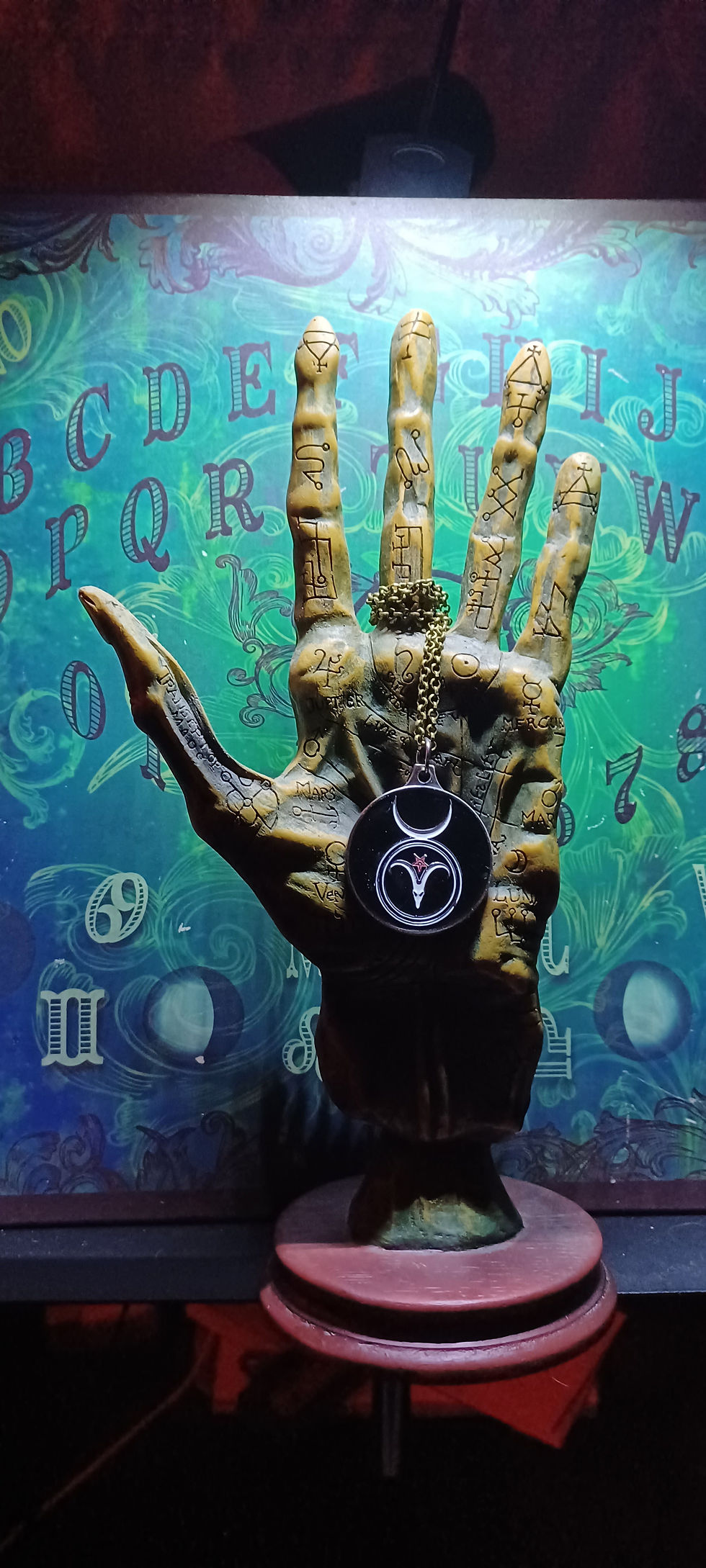HESPERUS is PHOSPHORUS: Sound and the Law of the Trapezoid
- Etu Malku

- Sep 5, 2024
- 4 min read
In Greek mythology, Hesperus is the embodiment of the "Evening Star," representing the planet Venus as it appears in the twilight sky. This celestial figure, linked to the fading light of day, is the son of the Dawn goddess Eos, the Greek counterpart to the Roman goddess Aurora. Hesperus has a brother, Eosphorus (also known as Phosphorus), who is associated with the "Morning Star," Venus at dawn. Eosphorus, which means "bearer of dawn," is often translated as "Lucifer" in Latin, meaning "light-bearer." While initially regarded as separate deities—one governing the night and the other the morning—the two were later understood to be different manifestations of the same celestial body, the planet Venus.
This realization reflects the influence of Babylonian astronomy, which identified Venus as a singular entity with dual aspects. The Greeks, initially perceiving the Morning Star and Evening Star as distinct objects, eventually embraced the Babylonian view that they were one and the same. Over time, Venus became associated with Aphrodite (and her Roman counterpart, Venus), signifying the planet’s connection to both love and divinity. Venus, as both Hesperus and Phosphorus, embodies a cosmic duality, appearing at the threshold between day and night, embodying both light and darkness—a symbol that resonates deeply with esoteric traditions.
Trapezoidal Sound and Alexander Scriabin: The Dissonant Mysticism of Music
Alexander Scriabin (1872-1915), a visionary Russian composer, sought to bridge the gap between sound and metaphysics. Renowned for his orchestral and piano works, Scriabin developed a distinct harmonic language early in his career, utilizing unconventional chords that would eventually form what is known as the Mystic Chord or Prometheus Chord. This chord, a complex structure based on the interval of fourths, embodies an inverted interpretation of Pythagorean principles, creating a sound that is simultaneously haunting, dissonant, and transcendently beautiful.
Scriabin’s use of this chord allowed him to transcend the limitations of traditional tonality and functional harmony, creating musical landscapes that were deeply evocative, rich with unheard textures and emotional depth. His compositions appear to move beyond mere musical expression, serving as a vessel for mystical exploration. He once famously declared, “I am God,” reflecting his belief that the artist’s creative potential could transcend earthly existence and tap into divine consciousness.
A student of Nietzsche’s concept of the Übermensch and an avid reader of Helena Blavatsky’s Theosophy, Scriabin was deeply influenced by esoteric philosophy. While living in Brussels, he immersed himself in the works of Jean Delville, Plato, and Aristotle, merging these philosophical insights with his artistic vision. Scriabin’s Ninth Sonata, aptly titled “The Black Mass,” stands as a testament to his exploration of dark, spiritual realms through sound.
One of Scriabin’s most ambitious projects was his planned Magnum Opus Mysterium, a week-long multimedia performance that would have incorporated music, scent, dance, and light, all performed at the base of the Himalayan mountains. Scriabin envisioned this as a transformative event, dissolving the boundaries of sensory experience to transport the audience into a state of divine ecstasy. Although he died before he could realize this grand vision, his legacy endures as a pioneer of synesthesia and multimedia art.
The Occult Frequencies of Sound: Scriabin, Gamma Waves, and the Unstruck Sound
Dr. Stephen Flowers has noted that the human brain oscillates at a frequency pattern between 25 and 100 Hz, with 40 Hz being the threshold for visual awareness and neural consciousness. These oscillations, known as gamma waves, sweep through the thalamus at 40 cycles per second, creating the fundamental rhythm necessary for memory, perception, and the interconnectedness of thought. When the thalamus is damaged, this rhythmic pattern is disrupted, leading to unconscious states or coma.
Scriabin’s exploration of sound, particularly his Prometheus Chord, can be seen as a manifestation of these gamma wave frequencies, tapping into the deeper levels of human consciousness. Tibetan Buddhist monks, known for their transcendental meditation practices, have been shown to exhibit heightened gamma wave activity, suggesting a link between the mystical states achieved through meditation and the brain’s natural oscillatory rhythms.
In Eastern traditions, there exists the concept of the Anahata Nada, the "Unstruck Sound," a primordial vibration that exists independently of any physical interaction between objects. Unlike all other sounds, which are produced by two elements striking or vibrating against one another, the Anahata Nada represents the cosmic hum of the universe itself—a sound that is ever-present yet imperceptible to the ordinary senses. This ancient concept, paralleled by modern notions of atomic and subatomic vibrations, reflects a deeper understanding of the universe as a symphony of energies.
Mythologist Joseph Campbell likened the Anahata Nada to the humming of an electrical transformer or the inaudible hum of atoms and molecules, underscoring its resonance with the fabric of reality. The "Trapezoidal Sound," as some occultists term it, taps into this universal hum, using the undertones of dissonance and resonance to evoke mystical experiences. This sound is more than auditory; it is a vibrational force that shapes both mind and matter, influencing perception and consciousness.
Thus, Scriabin’s musical explorations, combined with the esoteric understanding of sound frequencies and the Anahata Nada, reveal a profound intersection of music, mysticism, and metaphysics—one where the boundaries between the seen and unseen dissolve, leaving only the eternal vibration of existence itself. My Composition 'Hesperus is Phosphorus https://tarkhem.bandcamp.com/album/hesperus-is-phosphorus




